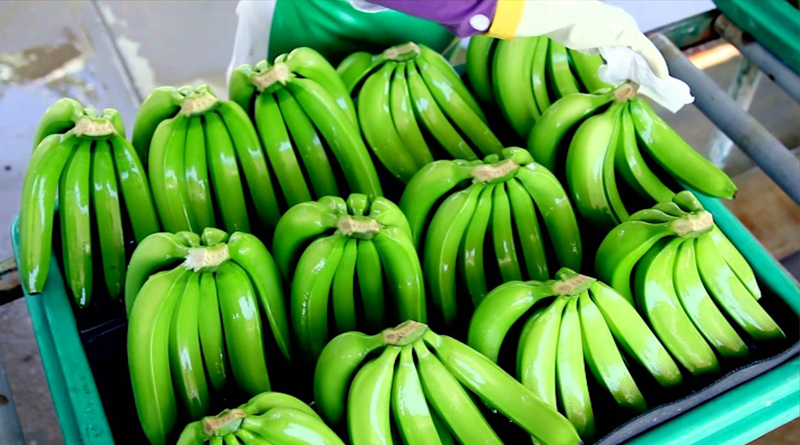Almost a billion people go hungry every day, yet the underlying problem is not that there isn’t enough food produced– it’s that one third of all food produced is either spoiled or discarded before it is consumed, according to the Food and Agriculture Organization (FAO) of the United Nations.
Edward Hirschberg, President of Innovative Foods and recipient of the Institute of Food Technologists’ 2016 Babcock-Hart Award for his many contributions to food processing, shared some potential solutions to many of the world’s food waste problems in the January issue of Food Technology magazine.
The Challenge: Two of the largest carrot producers in the United States both have enormous amounts of pulp left over after shaving 3- to 4-inch baby carrots out of 20-inch long over sized carrots or after making carrot juice.
The Solution: Using parallel processing in the same production line, infuse a higher concentrated liquid (with the nutrients that were lost in the juicing process) into the pulp residue, and form into potato chip-like shapes or carrot fries.
The Challenge: A major lettuce grower was concerned about throwing away 400,000 pounds of nonstandard lettuce per day. It may have been bruised, damaged, or otherwise not acceptable for retail.
The Solution: During the day, the grower used a vacuum cooler (a 60-foot-long cylinder with trays on racks) to keep the lettuce cool out in the fields. One solution could be to convert the vacuum cooler into a dehydrator at night. The company could then puree the dehydrated lettuce with vegetables and dressing, compress, and form them into bars to make a value-added new product: a “salad bar.”
The Challenge: Due to limited transportation options, mangoes in Gambia, Africa, were being lost to spoilage, becoming overripe while waiting for ships to arrive.
The Solution: Mangoes were able to be stored until transport was available at a later time by osmotically infusing them in drums with a cane sugar stabilizer.
Source: IFT









